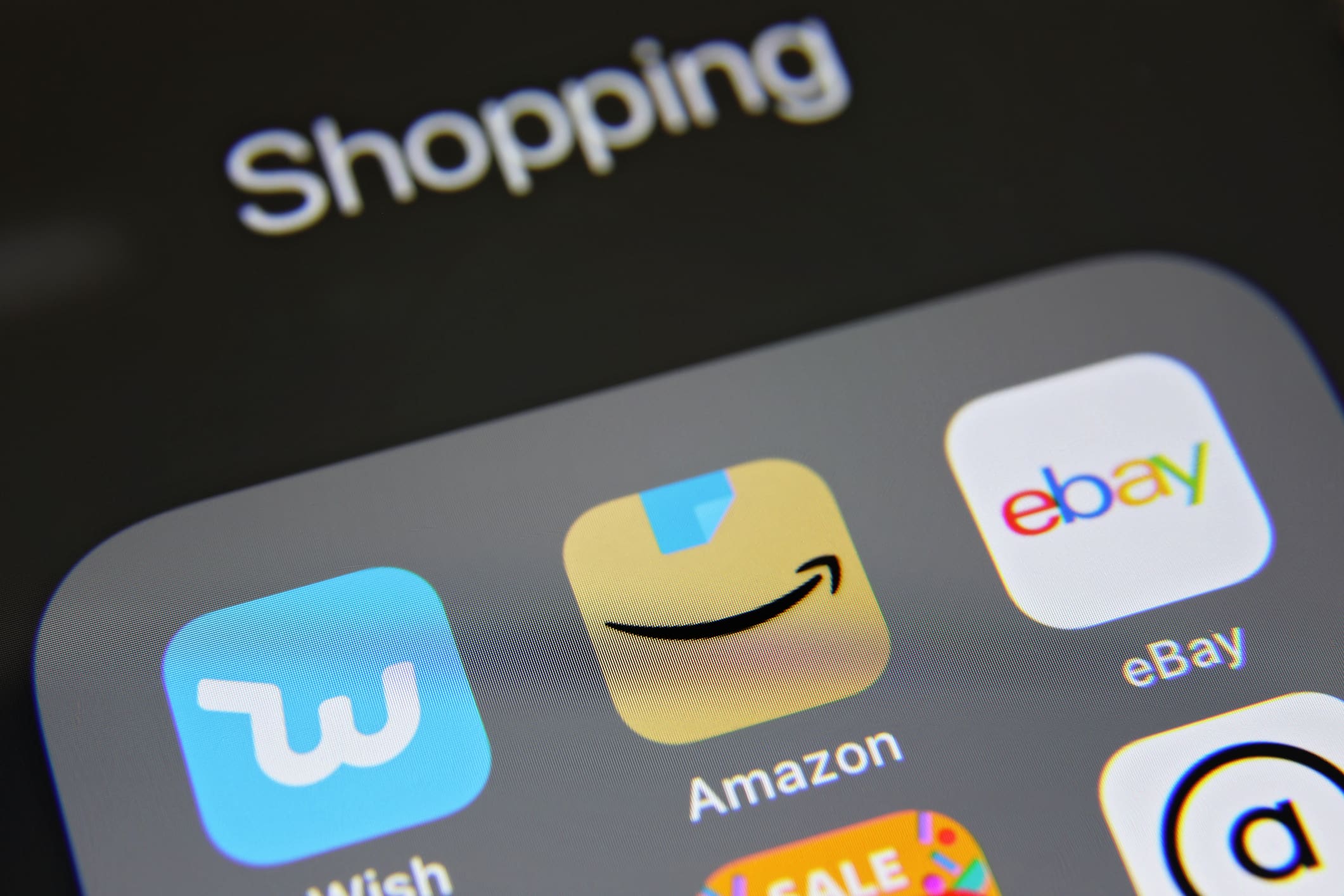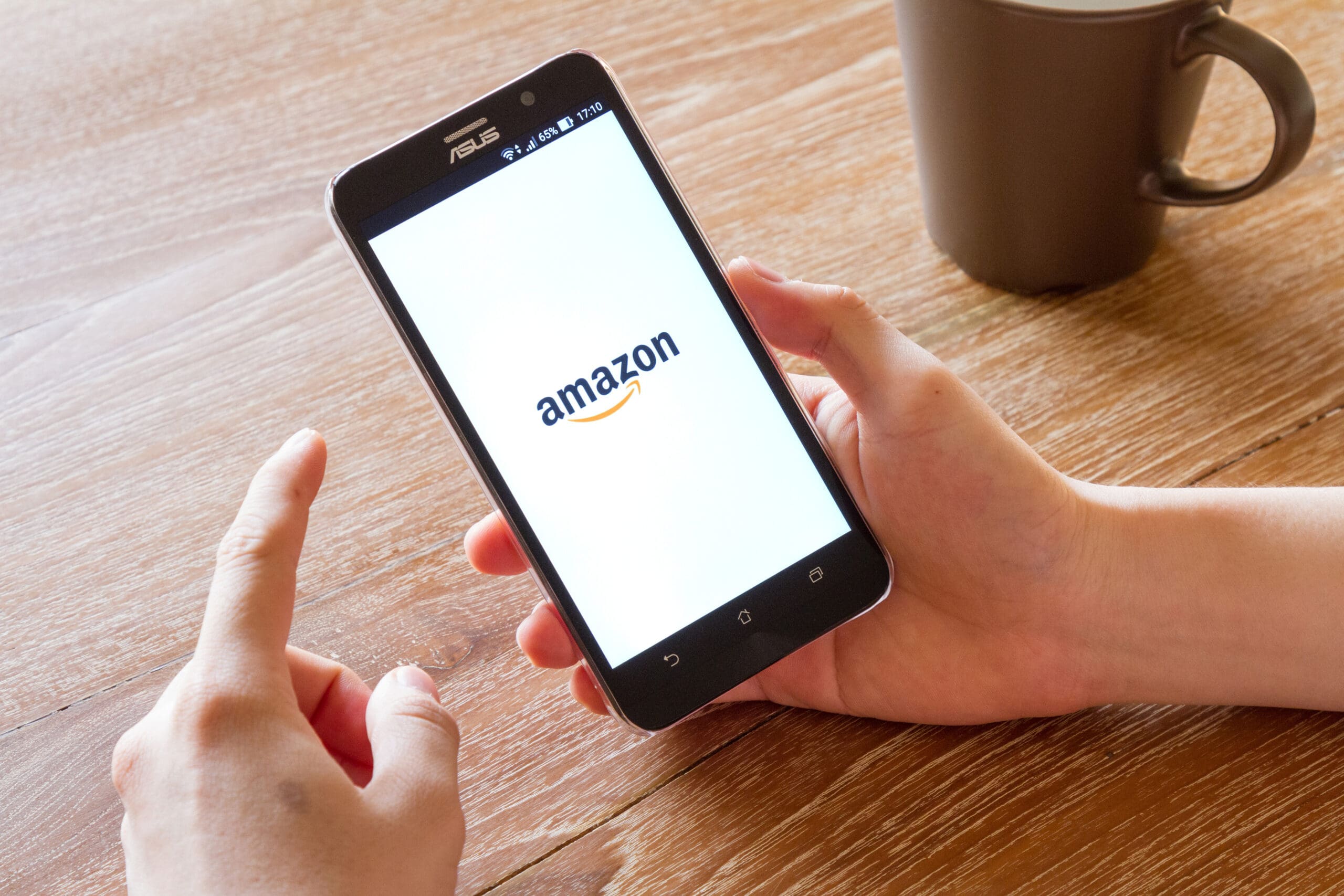In the world of eCommerce, things change quickly. But one fact remains constant – order fulfillment and customer satisfaction are inseparably tied together.
In this blog post, we’re going to talk about why this is, with specific details and examples. This is no abstract concern – customer satisfaction is a necessary ingredient for retention, which is what separates the most successful companies from the average ones. Then we’re going to talk about how you can optimize your order fulfillment processes to maximize your customer satisfaction, and along with it, revenue.
Customer Satisfaction & Order Fulfillment Are Tied Together
Defining customer satisfaction might seem simple on the surface. Everyone intuitively understands what it means – it’s a measure of how well a company’s products and services meet, exceed, or fall short of customer expectations. But how do you measure that? And furthermore, how do you optimize for that? That’s where the simple definition falls short.
Customer satisfaction is a recipe with a lot of ingredients. On the kitchen counter, you’ll find customer service, ease of purchase, product delivery, and even the company’s overall reputation. The seamless blend of these factors, combined together, eventually bakes into a satisfying customer experience.
Think about the experience of ordering a book online. The quality of the book itself is only part of the satisfaction equation. It doesn’t matter if the book is a classic of the entire Western literary canon or if it has five stars on Goodreads if the book is so damaged from rain that it’s unreadable.
If you order a textbook online and a shipping delay leaves you doggy-paddling through the first two weeks of lectures with no text material to reference, that’s not a great experience either.
It’s no accident that both of these examples of bad customer experiences involve shipping issues. Order fulfillment is make or break in eCommerce.
Why Order Fulfillment Is (Sometimes) A Magnet For Customer Satisfaction Issues
Every eCommerce order has to be shipped, and order fulfillment itself has a lot of steps that can go wrong. When a customer places an order, that specific product must be picked from inventory. Then the item proceeds to the packing stage, where the item is carefully wrapped and prepared for shipping. Postage is printed and applied, then a local carrier delivers it to the customer’s home.
If inventory levels show a product in stock when it’s not, the experience goes sour. The same is true if the wrong item is shipped or if the order is shipped to the wrong address. And if the local USPS carrier has a bad day and kicks the package across your customer’s lawn, that’s a problem you’ll have to deal with too (even if it’s not your fault)!
Consider this – according to OptimoRoute, 84% of consumers are unlikely to shop with a brand again following a poor delivery experience. This statistic underlines the tremendous impact of order fulfillment on customer satisfaction.
Imagine the frustration of receiving a long-awaited product, only to find it damaged due to poor packaging or late due to sluggish delivery. Such instances tarnish the overall customer experience, lowering satisfaction rates.
But it’s not all doom and gloom. In fact, good order fulfillment processes can increase your odds of satisfying customers.
Strategies for Improving Customer Satisfaction Through Order Fulfillment
Improving order fulfillment might seem difficult and all-consuming, but there are a handful of broad strategic changes you can make that will have a disproportionately large and positive impact on the ultimate result.
Here are six that come to mind:
1. Streamline Order Processing
If you want to ensure a seamless customer experience, order processing needs to be very smooth. Whenever a customer places an order, the information needs to be sent to a fulfillment center through a software integration. That way, the people shipping orders will have everything they need to get started with no manual intervention.
It sounds simple, but a lot of businesses still manually process orders! Even if you’re shipping from home, you can configure your Shopify store to help you quickly create the postage you need so all you need to do is pack, print postage, and slap on the label.
2. Master Inventory Management
“Out of stock.”
No customer wants to see these words and you need to do everything in your power to make sure they never do.
Avoid such disappointments by implementing real-time inventory tracking and predictive analytics. These strategies will help maintain optimal stock levels, preventing inventory shortages and fulfilling customer orders promptly.
This is fairly complex to do, so here is a more detailed guide on the subject.
3. Pick A Reliable Fulfillment Partner
Once you’re shipping about 100 orders per month, it’s time to hire a fulfillment partner. At that point, the cost of shipping on your own is likely to exceed the cost of hiring someone to help. And even if it doesn’t, outsourcing will save you a bunch of time.
However, hiring the wrong fulfillment partner can create a lot of problems. Do your due diligence and choose one with a great reputation for timely delivery and communication. It’s an arduous process at first, but it pays off in the end when packages start going out faster than you could ever manage on your own!
4. Communicate Often
From sending order confirmations to providing delivery updates, proactive communication can help manage customer expectations, build trust, and enhance satisfaction. To give you a concrete, and somewhat silly example, Domino’s does this with their Pizza Tracker!
Even delivery delays and mishaps can be made better by taking a proactive approach to communication. Getting a package two days late is bad. Being completely in the dark about why the package is late is worse.
5. Have a Generous Return & Refund Policy
No one likes returns, but they are inevitable. Making the return process easy and transparent will help maintain customer satisfaction, even when things go wrong.
Be clear about your policies, offer free returns when possible, and process refunds promptly. This way, even a return experience can become a positive touchpoint for your customers.
6. Offer Personalized Experiences
Personalization is key to winning customer loyalty. Use customer data to offer personalized product recommendations, special offers, and communication. This can make customers feel valued and appreciated, enhancing their overall shopping experience.
Keep in mind, however, that as good as these strategies are, in order to truly achieve success, you’ll also need to track your performance and identify areas for improvement. The next section talks about how you can do that.
4 KPIs to Track to Ensure Great Order Fulfillment
If you’re looking for a way to gauge your progress, you’ll need key performance indicators (KPIs). In order fulfillment, four KPIs stand above the others.
- Order Accuracy Rate: The proportion of orders delivered without errors, highlighting the effectiveness of your order processing.
- Order Cycle Time: The speed from order placement to delivery, providing insights into your process efficiency.
- Rate of Return: The quality of delivered products, with a lower return rate usually indicating satisfied customers.
- Customer Feedback: Though not quantitative, it’s still really important. Surveys, reviews, or direct interactions can serve as critical indicators of customer satisfaction, pointing towards areas needing improvement.
What gets measured, gets done. Pay attention to these four KPIs when making changes to your order fulfillment processes. If you make a point to monitor these indicators and act on them, your odds of meaningfully improving your order fulfillment processes go way up, and that paves the road for improved customer satisfaction and, ultimately, revenue.
You can’t decouple order fulfillment and customer satisfaction, especially not in eCommerce. Bad order fulfillment processes can frustrate your customers, but good order fulfillment processes can delight them.
Remember, the goal is not just to meet customer expectations but to exceed them, turning each order fulfillment into a memorable customer experience.
Final Thoughts
Outsourcing fulfillment to a 3PL can be tremendously beneficial for your growing eCommerce brand. With the right 3PL partner, you can reap numerous benefits, such as reduced shipping costs, improved efficiency, and the ability to focus on your core business activities.
Finding the right 3PL is a daunting task, to be sure. However, once you know why outsourcing makes sense, you can follow the ten steps in this guide to find the right 3PL and get off to a great start.
Don’t hesitate to explore your options. The right 3PL partner is out there, and once you start working with them, it will be well worth the time put into finding them!









